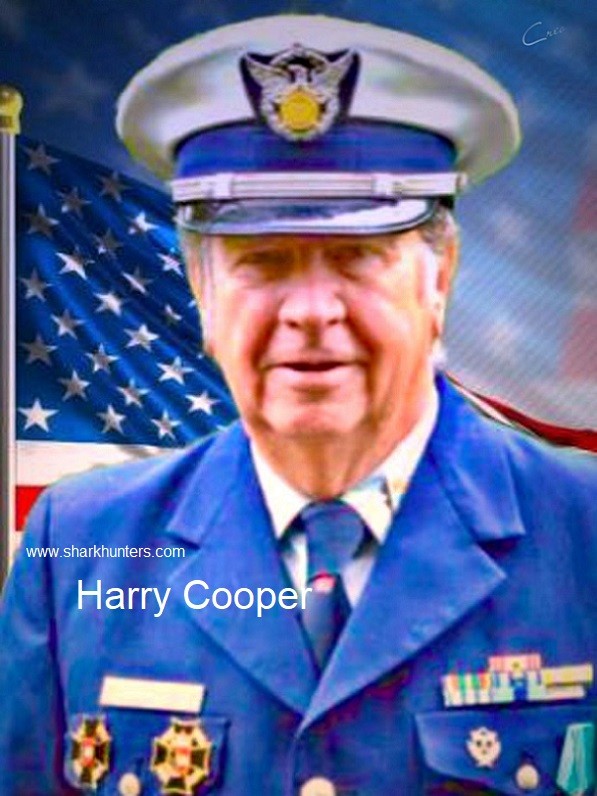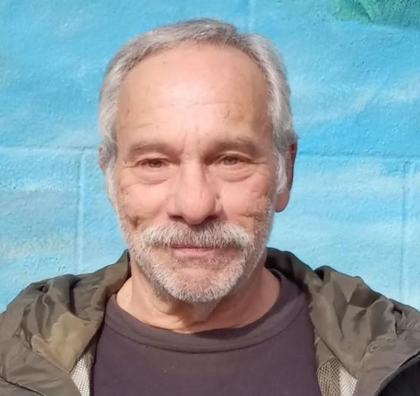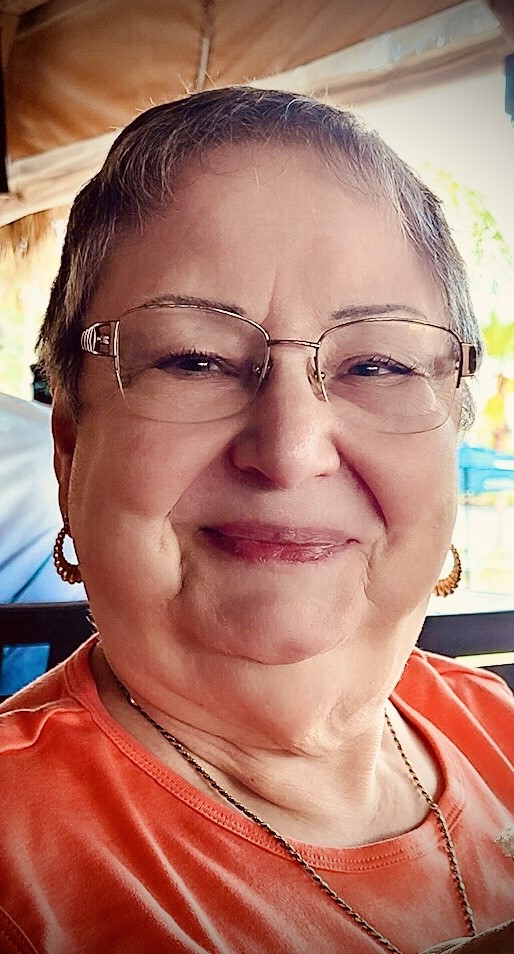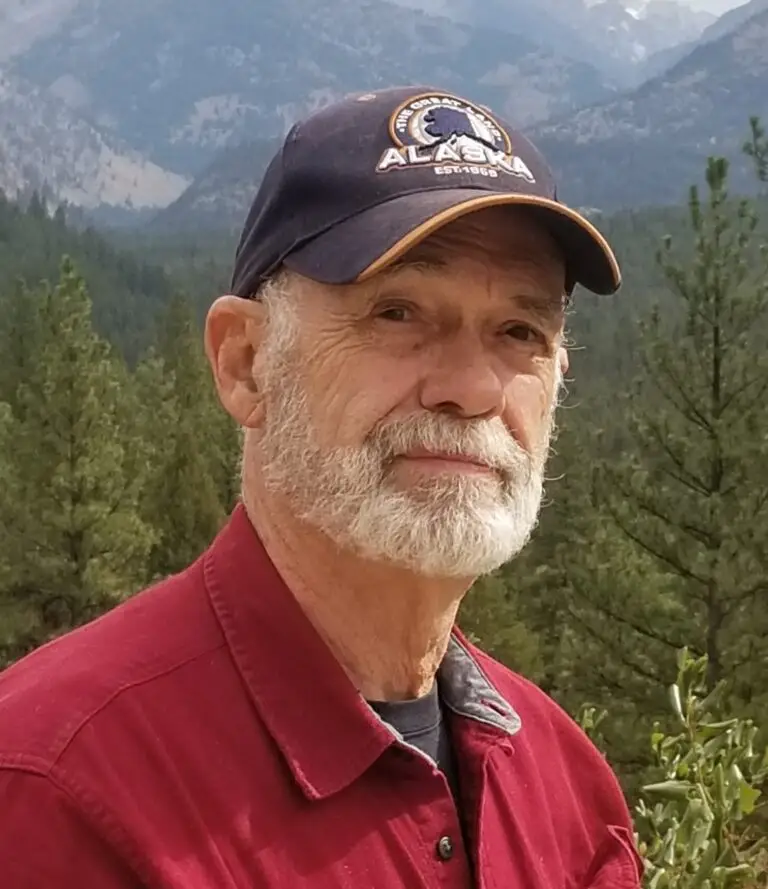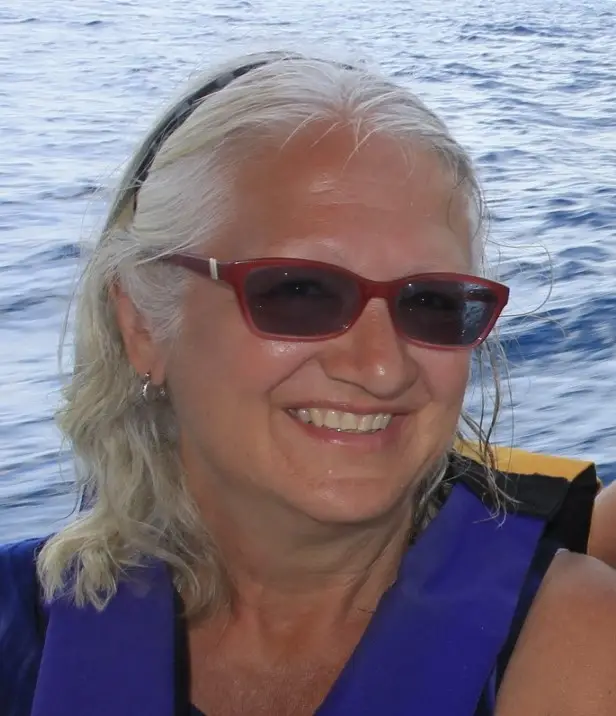LT. CDR. H. McCORMICK remembers SS WM. GASTON and U-861
by Harry Cooper
Sunday evening, July 23, 1944 the American Liberty Ship SS WILLIAM GASTON on which I served as a US Naval Gunnery Officer was twice torpedoed and sunk during a violent Pampero storm in the South Atlantic while sailing independently between Buenos Aires and Rio de Janeiro. Despite mountainous seas, 67 Merchant and Navy crewmen were able to abandon ship in three lifeboats and one raft, which soon drifted far apart in the story darkness. I was one of 14 men on the raft.
After a nasty, nauseous night, we discovered at daybreak that we had no drinking water and only wormy chocolate for food. With little shipping in the wartime South Atlantic, our prospects for survival were not very good. Nevertheless, within 24 hours the lifeboats and the raft were discovered by a US Navy MARINER seaplane on routine anti-submarine patrol. Its seaplane tender, USS MATAGORDA, reached the scene during the following night, rescued the entire crew in separate operations and sank the boats and raft with machine gun fire.
Two days later we were put ashore at Florianopolis, Brazil in the custody of US Vice-Consul William Preston Rambo of Hamilton, Ohio. Because housing facilities were limited, the ship’s Master, Harry W. Chase of New York City and the other Merchant Officers and crew were quartered in the town jail, the enlisted men in a nearby military barracks, while I, in a rather embarrassing bit of diplomatic protocol, was invited to be the Vice-Consul’s house guest.
Later we were transported to Rio on the Brazilian steamer ITABERA then by Naval Air Transport DC-3 via jungle airstrips in Northern Brazil, French, British and Dutch Guinea, Trinidad, Cuba and on to Miami and New York City. The trip required nearly a week because of frequent overnight stop-overs to handle passengers, mail and cargo; and because of only limited navigational facilities in Latin America at that time there was no night flying. After brief leaves at home, the crews were reassigned, separately to other ships, for the remaining years of the War.
Nearly 40 years later, after retiring from US Corporate life, I undertook a personal research project to try to ascertain the circumstances of WILLIAM GASTON’s sinking. I learned through that our adversary had been the German submarine U-861, under Commander Jürgen Oesten. I later learned that Oesten had survived the War and had become a successful businessman in Germany where he operated two companies engaged in designing and installing complete sir-conditioning systems for ships in Europe, the Middle East and Far East.
EDITOR NOTE – Hal McCormick did track down Jürgen Oesten and the two visited several times across the ocean. When our group, Sharkhunters, held a convention in Chicago some years ago, both men were there and told their stories on TV. Former enemies, now friends which proves our motto that “Yesterdays Enemies are Today’s Friends”.
# # #
SHARKHUNTERS is the world’s largest research archive (outside Germany) for the study of WWII German U-Boat activities with books and monthly magazine. sharkhunters@earthlink.net or https://sharkhunters.com/


